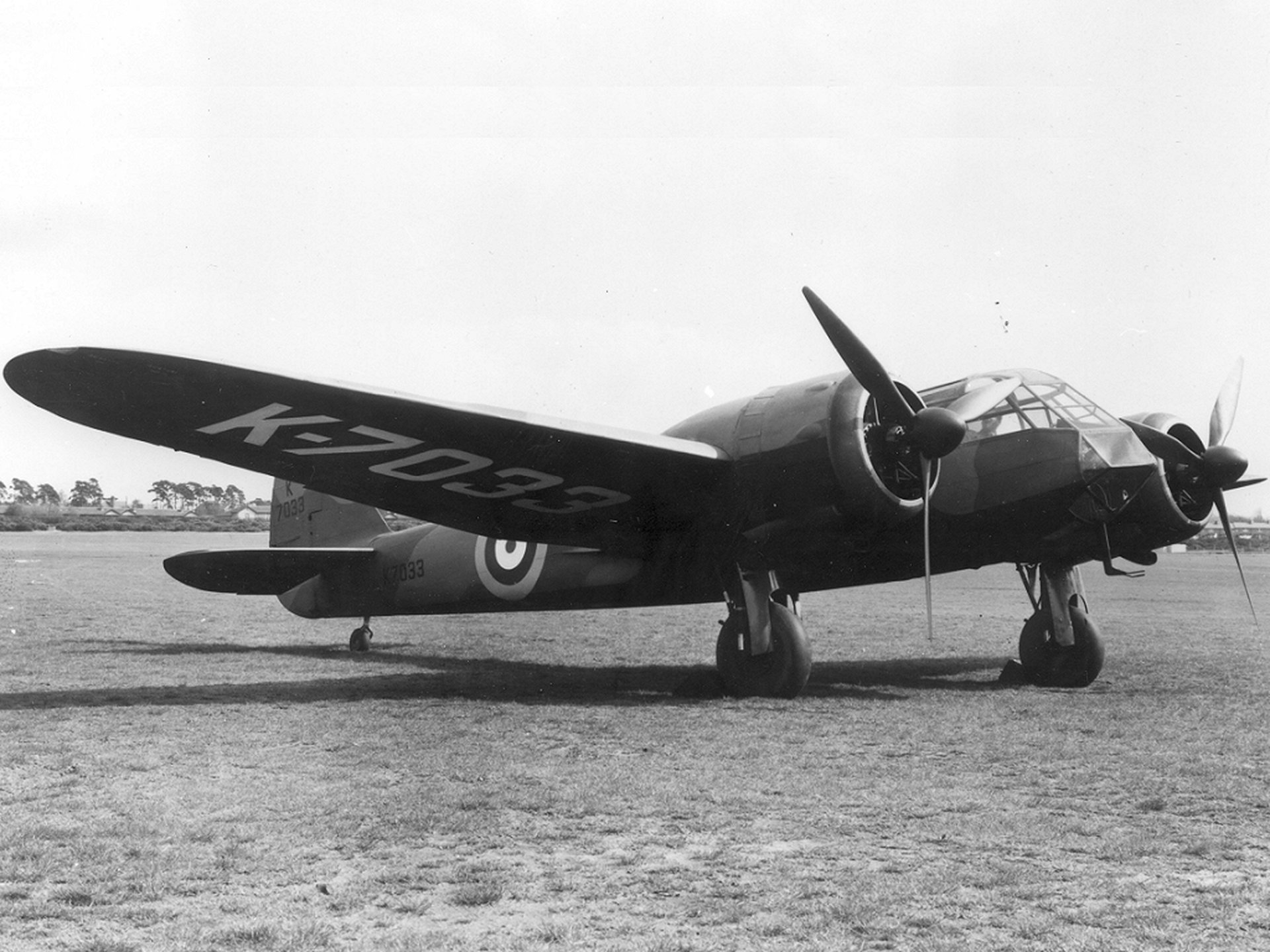Bristol Blenheim: The Fast Bomber That Fell Behind in WWII
Ah, the Bristol Blenheim—a plane that started as a businessman’s luxury speedster and ended up dodging (or failing to dodge) enemy fire in World War II. Designed initially as a high-speed transport for Lord Rothermere, a newspaper mogul with a penchant for cutting-edge aviation, this twin-engine marvel quickly caught the eye of Britain’s Air Ministry. Why? Because it was faster than the fighters the Royal Air Force (RAF) had at the time. And when your bombers are outpacing your interceptors, you know it’s time for an upgrade—or at least a repurposing.
The Birth of a Bomber

Lord Rothermere’s sleek, all-metal aircraft, the Bristol Type 142, was dubbed Britain First (a name that aged about as well as un-refrigerated milk). Its speed was clocked at 268 mph, faster than the fighters of the time. The Air Ministry, realizing they had a golden opportunity, asked Bristol to tweak the design into a light bomber. The result? The Bristol Blenheim Mk I, armed, armored, and ready to take the fight to the skies—albeit with a few unfortunate shortcomings that would soon become painfully clear.
The Blenheim in Action: Britain’s Death Angel

By the time war broke out, the RAF had Blenheims rolling out of factories at an impressive rate. They were considered cutting-edge—until the enemy actually started shooting at them. While the Blenheim had impressive speed for a bomber, it was outclassed by the rapid advancements in aircraft technology. The Luftwaffe’s Messerschmitt Bf 109 fighters made short work of the Blenheim’s thin armor and weak defensive armament.
Churchill, in his classic poetic yet morbid fashion, compared Blenheim crews to the Charge of the Light Brigade. This was not a compliment—more like a nod to their incredible bravery in the face of overwhelming odds (and inevitable casualties). The aircraft was described in a 1937 Popular Aviation article as “by far the deadliest airplane of its kind in the British empire today.” That statement, in hindsight, did not age well.
From Hero to Liability
Despite its vulnerabilities, the Blenheim saw extensive action in every theater of the war. It was used for bombing, reconnaissance, and even night fighting. Unfortunately, as early as 1941, the Air Staff officially deemed the aircraft “inadequate” for frontline service. This was like realizing your antique flintlock pistol isn’t a great choice in a modern gunfight.
However, the Blenheim still found ways to be useful, even as it became hopelessly outdated. It was produced under license in Canada as the Bolingbroke, modified for maritime patrols and training roles. The Blenheim was, if nothing else, versatile—sort of like an old sedan that starts out as a flashy sports car but ends up as a hand-me-down for teenagers to practice driving.
The Legacy of the Blenheim

Though most Blenheims were shot down, scrapped, or left to rot, a few lucky survivors made it into museums and restoration projects. One, painstakingly restored over 11 years and 25,000 volunteer hours, took to the skies again in 2014. It’s a testament to the aircraft’s significance in aviation history—though probably not the best selling point for its durability in combat.
Ultimately, the Bristol Blenheim serves as a reminder of how rapidly technology evolves in wartime. It was a brilliant design when it was first conceived, a workhorse in the early war years, and, eventually, an unfortunate relic of aviation’s brutal progression. Still, for a plane that started out as a businessman’s personal racer and ended up in the thick of World War II, you have to admire its journey—even if it often ended in flames.
Well, that’s a wrap. I hope you enjoyed this brief history lesson on the Bristol Blenheim, and I’ll see you in the next one!
Discover more from Buffalo Air-Park
Subscribe to get the latest posts sent to your email.

